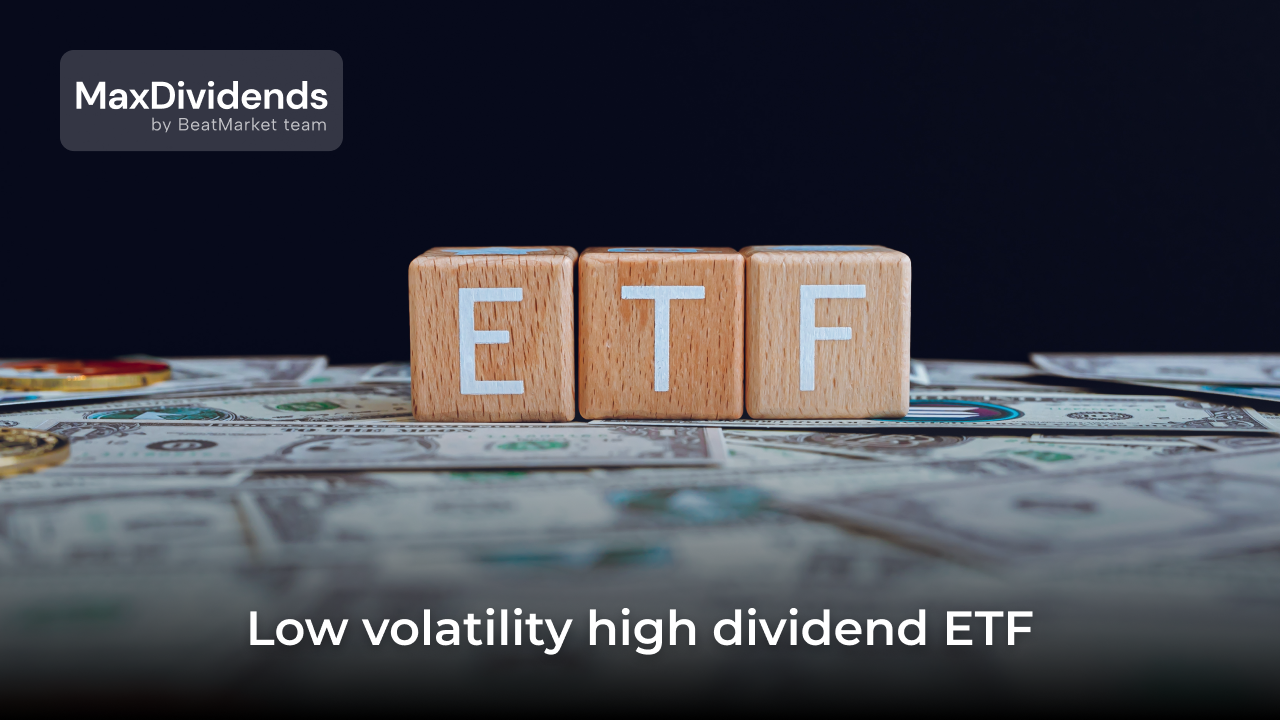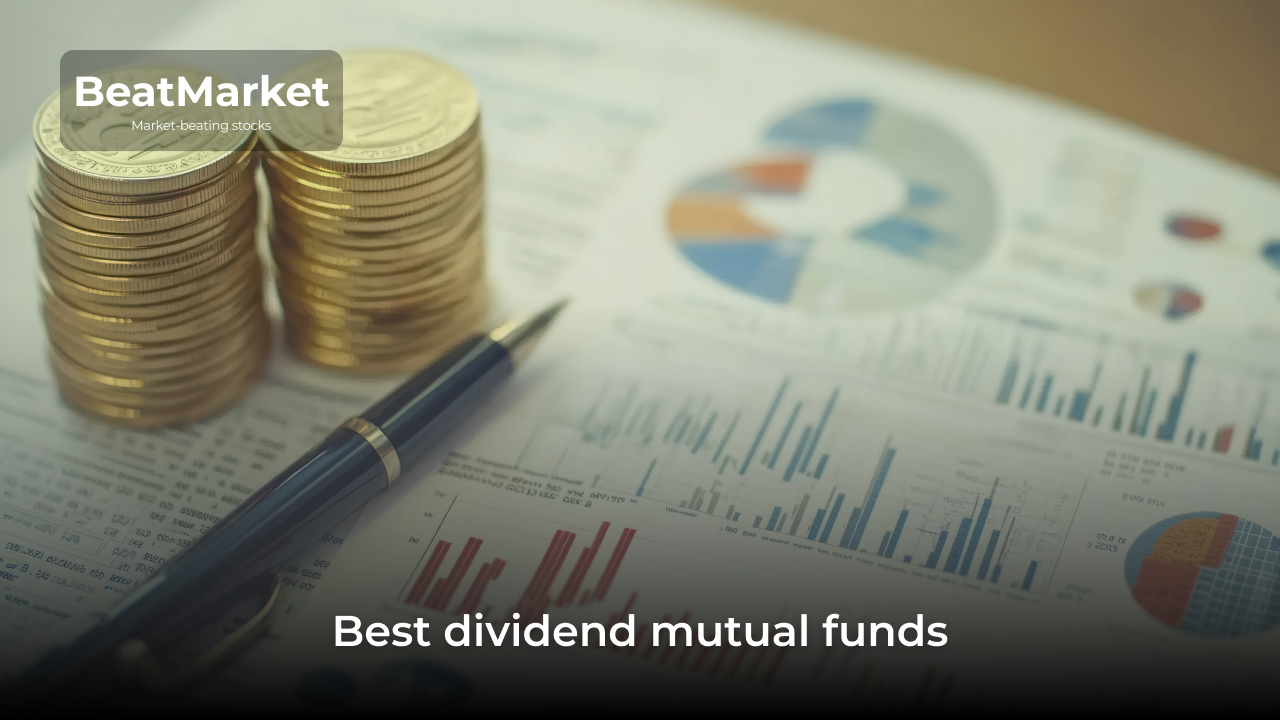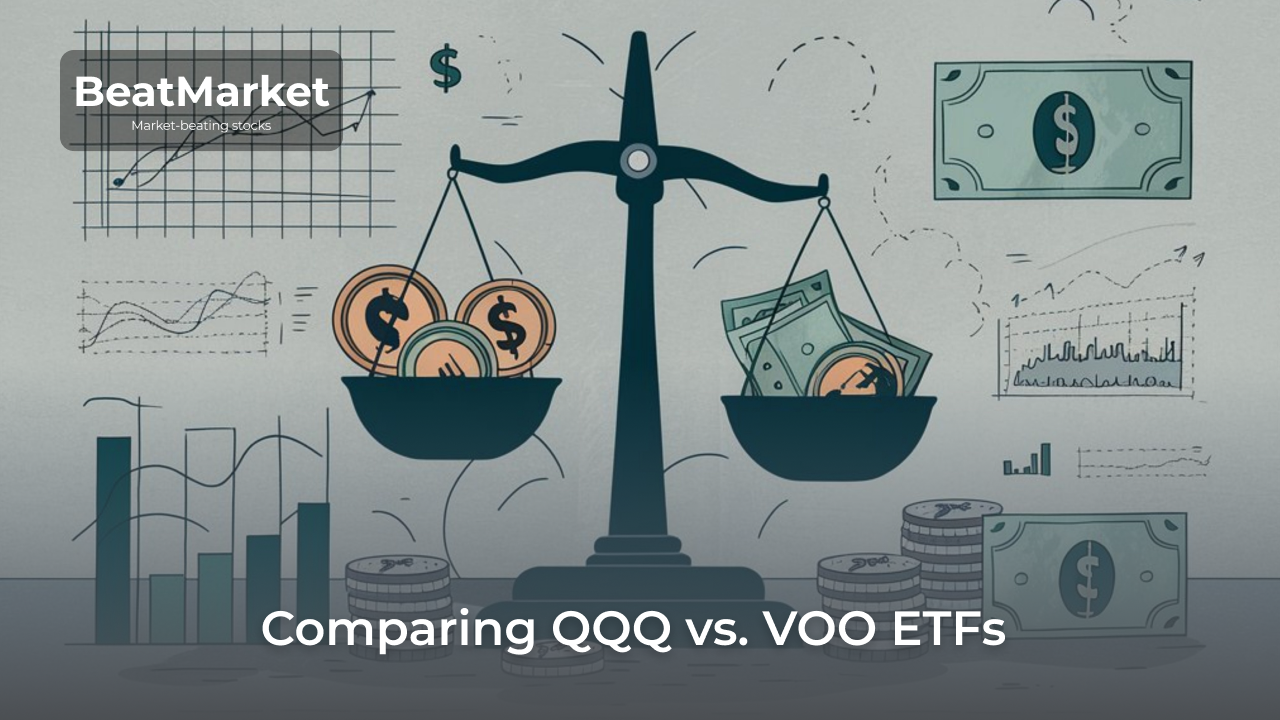Nowadays ETFs have become part and parcel of the investment portfolio; they give exposure to the whole pool of securities in one financial instrument. Moreover, management of your capital is carried out by professional managers while income in most cases targets the index performance.
Here we will talk about the main characteristics of fixed income ETFs. Using them you can easily reach the bond market at low-cost.
Table of Contents
What is a fixed-income ETF?
A fixed income ETF is a solely bond ETF (Exchange-Traded Fund) without stocks or commodities. Such an ETF may include a diversified basket of bonds of various categories. Some of them are presented below:
· High-yield ETFs (or junk bond ETFs) which provide exposure to the debt of U.S. companies. High-yield ETFs are risky investments because many of those companies are rated below BBB (e.g. JNK, HYG).
· Floating Rate Bond ETFs. These funds invest in financial instruments that pays a variable or floating interest rate (e.g. FLTR, FLOT, FLRN, VRIG).
· Convertible Bond ETFs resemble debt and equity at the same time owing the option for the holder to convert the bond into shares (e.g. ICVT, FCVT, CWB, FCVT).
· Leveraged Bond ETFs. The high risk financial instruments use debt to purchase bonds, but at the same time they help to amplify returns (e.g. TMF, UBT, SBND, TYD, UST).
Look at the another subdivision of bonds according to the issuer:
· Government bonds (issued by local or federal government; e.g. SCHO, PLW);
· Corporate bonds (issued by companies; e.g. AGG, LKOR, SPLB);
· International bonds (issued by foreign governments; e.g. BNDX, IYH).
Besides, bond ETFs contain both short-term bonds as well as long-term bonds.
15 Best Fixed-Income ETFs
Vanguard Total Bond Market ETF (BND)
Vanguard Total Bond Market ETF (BND) is a bond mutual fund, activity of which is based on the Bloomberg U.S. Aggregate Float Adjusted Index. The fund invests in taxable investment-grade U.S. bond markets, mortgage-backed, and asset-backed securities. The portfolio includes securities with maturity of different lengths in excess of one year. The fund invests by sampling the index to closely match key benchmark characteristics and can generally be considered by investors for medium-term horizons (4 to 10 years).
| Risks | Benefits |
| · The BND is suitable for investors considering to have yield with lower risks of short-term price fluctuations.· Vanguard funds can be considered as conservative to moderate. | · Sampling strategies helps to avoid the expense in perspective because the fund does not fully replicate the index.· The BND is suitable for investors seeking income rather than growth. |
The annual yield of the Vanguard Total Bond Market ETF was -3.50% with expected 1.26% dividend yield in 2023 (granted 2.23% in 2022). For the last 10 years the yield was 1.33%, which is less than the yield of the benchmark S&P 500 at 10.35%.
iShares iBoxx $ Investment Grade Corporate Bond ETF (LQD)
iShares iBoxx $ Investment Grade Corporate Bond ETF (LQD) seeks to track the performance of a benchmark index called Markit iBoxx USD Liquid Investment Grade Index. The Bloomberg ticker of this index is IBOXIG and it is composed of U.S. dollar-denominated, investment grade corporate bonds. It is a medium-term ETF with an effective duration of 8 years as of August 2023 and expense ratio 0.14%.
| Risks | Benefits |
| · The fund (LQD) seeks to maintain stability and pursue income in medium-term horizon.· All the general ETF risks: principal risks, market risks relating to the relevant underlying index, credit risks, exchange rate risks, interest rate risks, inflationary risks etc. | · Allows to get income from a broad range of U.S. investment grade corporate bonds.· 1000+ securities in one fund: the bonds in which fund invests are high quality corporate bonds. |
iShares iBoxx $ Investment Grade Corporate Bond ETF’s trailing yield for twelve months (as of Aug 10, 2023) equals 3.91% with average yield to maturity of 5.56%.
Vanguard Total International Bond ETF (BNDX)
Vanguard Total International Bond ETF (BNDX) is an ETF which tracks the performance of the Bloomberg Global Aggregate ex-USD Float Adjusted RIC Capped Index (USD Hedged). The key distinctive feature is its hedging strategy against currency fluctuations. The BNDX is passively managed, denominated in foreign currencies and uses index sampling.
| Risks | Benefits |
| The BNDX low expenses reduces net tracking error.Exchange rates risks: the fund tries to mitigate uncertainty in exchange rates. | The BNDX offers broad exposure across foreign bond markets which are located outside of the U.S.Vanguard Total International Bond ETF remains fully invested over the time. |
The yield of the Vanguard Total International Bond ETF showed an income of 3.05% since the beginning of the year and -3.07% over the past 12 months.
VanEck IG Floating Rate ETF (FLTR)
VanEck IG Floating Rate ETF tracks a market-value-weighted index of floating-rate notes issued by either corporate entities or commercial entities in the United States. VanEck IG Floating Rate ETF holds Treasury securities with a minimum remaining term to maturity of 6 months, these debentures are investment-grade rated. The securities are denominated in USD and may compile only 2% of the portfolio.
| Risks | Benefits |
| · This instrument is comparatively risky and the choice of operating securities is restricted.· Analysts try to hold the index risk level and return characteristics.· Picking out of the securities and its rebalancing occurs monthly.· A non-leveraged portfolio of investment grade floating rate corporate bonds reduces risks. | · Floating rate tied to a benchmark gives its benefits while rising. Additional benefits can be gained by means of variable coupons. These coupons reset termly. · Lack of leveraged portfolio provides credit quality as well as sustainable management pursuing the index.· Relatively short duration increases chances of potential yield. |
The annual yield equals 6.85% for the last 12 months and 1.95% for the last ten years (lower than S&P 500).
Vanguard Intermediate-Term Corporate Bond ETF (VCIT)
Vanguard Intermediate-Term Corporate Bond ETF seeks to track the performance of a market-weighted bond index as well as previously mentioned funds, but the duration of the bonds is intermediate. Also they possess dollar-weighted average maturity, which is supposed to be consistent. VCIT uses the same sampling index strategy without replication that means that 80% of the fund’s assets must be selected through the sampling process.
| Risks | Benefits |
| · A dollar-weighted average maturity of 5 to 10 years provides moderate interest rate risk. | · The fund seeks to maintain a moderate and sustainable level of income by a passively managed approach.Dollar-denominated investment-grade corporate bonds of VCIT provide high-quality investments. |
Over the past 10 years, the annual yield of the Vanguard medium-term corporate bond ETF has been 2.71% and 2.81% from the beginning of the year.
Direxion Daily 20+ Year Treasury Bull (TMF)
The ICE U.S. Treasury 20+ Year Bond Index (IDCOT204) tracked by TMF is a market value weighted index with U.S. government securities (in maturity of greater than 20 years). The fund in contrast to VCIT is more suitable for investors who use active management strategies. The fund chooses fixed rate (unlike FLTR), dollar-denominated, with $300 million or more face value securities (including inflation-linked, T-bills, cash management bills, any government agency debt, zero-coupon issues).
| Risks | Benefits |
| · The primary risks consist in leverage which should not be used by investors who are not experienced in credit instruments.· Direxion ETFs pursue daily goals, therefore it is not allowed to track the underlying index longer than one day. | · This fund uses leverage to gain profit. It means that it is suitable for both trading and investing.· Direxion provides daily 3X leverage to improve your short-term perspective.· Liquidity makes it possible to trade through changing markets. |
For the last 12 months Direxon showed a yield equal to -49.47%. The annual return of Direxion Daily 20-Year Treasury Bull 3X was -5.38%.
iShares Core U.S. Aggregate Bond ETF (AGG)
The iShares Core U.S. Aggregate Bond ETF tracks the Bloomberg U.S. Aggregate Bond Index composed of the total U.S. investment-grade bond market. This fund does not follow a sustainable, impact or ESG investment strategy, it uses a representative sampling indexing strategy which implies a larger tracking error than replication indexing strategy.
| Risks | Benefits |
| · The iShares Core U.S. Aggregate Bond ETF targeted government bonds has comparatively low risks with low return. | · Broad exposure to investment-grade and dollar-denominated bonds (over 11,000)· Diversification of bond’s principal repayment (from one to 20 years in maturity)· A low-cost easy helps to diversify a portfolio.· Management fee equals 0.03%· regular dividend payments |
iShares Core U.S. Aggregate Bond ETF has shown a return of 1.49% since the beginning of the year and -3.53% over the past 12 months. Yield for the past ten years has been 1.46% percentage points, that is lagging behind the index S&P 500 at 10.35% percentage points.
iShares Convertible Bond (ICVT)
The iShares Convertible Bond ETF seeks to track the investment performance of an index composed of U.S. dollar-denominated convertible securities. Mostly, the fund invests in bonds paid in cash with outstanding issue sizes that equal more than $250 million. The remaining maturity of the mentioned securities is greater than twenty years.
| Risks | Benefits |
| · The fund possesses high growth potential of stocks, but saves risk characteristics of traditional bonds. | · Rising rates protected fund: prices are generally less influenced by changes in interest rates in comparison with other fixed income securities.· The growth potential of stocks, which usually outperforms bonds. |
The fund showed an average annual return for 10 years of 9.71%, which exceeded the benchmark 7.98%.
FlexShares Credit-Scored U.S. Long Corporate Bond Index Fund (LKOR)
The underlying index (the Northern Trust Credit-Scored US Long Corporate Bond Index) is designed to reflect the performance of a wide basket of long-term maturity, US-dollar denominated corporate bonds. The companies under measurement correspond to investment grade credit quality and favorable valuations. At least 80% of securities match the index portfolio, net expense ratio is 0.22%.
| Risks | Benefits |
| · Relatively higher risks than those of government bonds. | · Enhanced short-term and long-term solvency, profitability, and management efficiency corresponding to the bonds chosen. |
The LKOR’s average annual yield is 2.56%, annual yield for the last twelve months reached the mark -6.86%.
Invesco Treasury Collateral ETF (CLTL)
The Invesco Treasury Collateral ETF (CLTL) seeks to track the investment results of the ICE U.S. Treasury Short Bond Index that measures the investment return of high-quality U.S. government debt securities (T-bills) with durations under one year. At least 80% of its total assets are invested in the components of the Index with expense ratio of 0.08%. This instrument perfectly suits investors who want to get historically high yields with minimal duration.
| Risks | Benefits |
| · Government protection. The payment of principal and interest is backed by the full faith and credit of the U.S. government. | · currently paying a yield to maturity of 5.4%· competitive fees· historically high yields· the lowest cost· T-bills with minimal duration |
From the beginning of the year Invesco Treasury Collateral ETF showed an income of 2.79%.
Invesco 1-30 Laddered Treasury ETF (PLW)
The Invesco 1-30 Laddered Treasury ETF is connected with the Ryan/Nasdaq U.S. Treasury Laddered Index. The Index includes bonds of 1-30-year duration, securities with a yield curve based upon 30 distinct annual maturities. At least 80% of its total assets coincide with the components of the index. The fund does not participate in Treasury Bills, Treasury Inflation Protected Securities (TIPS), or zero-coupon securities (STRIPS).
| Risks | Benefits |
| · Risks are comparatively low because of government credit quality and long-term duration. | · The index aims to maintain a continuous portfolio of securities with a ladder of repayment. |
Invesco 1-30 Laddered Treasury ETF showed a return of -1.00% since the beginning of the year and -8.93% over the past 12 months.
Invesco BulletShares 2025 Corporate Bond ETF (BSCP)
Invesco BulletShares 2025 Corporate Bond ETF (BSCP) is designed to track performance of an index of investment-grade corporate bonds with effective maturities in 2025. The fund resembles rather a separate bond as its maturity, duration will decline over the time and on the specific maturity date (Dec. 31, 2025) BSCP will unwind and make capital return.
| Risks | Benefits |
| · The fund is associated with risks specific to the instruments included in the portfolio.· Medium-term perspective volatility risks of fund’s assets. | · For a reasonable fee (0.10%) you get access to a diverse basket of US bonds. |
Since the beginning of the year, the revenue amounted to 2.09% compared to 16.27% percentage points of the benchmark.
Vanguard Total Corporate Bond ETF (VTC)
The investment of Vanguard Total Corporate Bond ETF (VTC) approach implies tracking the performance of the Bloomberg U.S. Corporate Bond Index. The investment-grade, fixed-rate, dollar-denominated and taxable corporate securities are under the governance and consideration of VTC analysts. The majority of them are publicly issued by industries, utility or financial organizations.
| Risks | Benefits |
| · VTC is a perfect choice for investors who are not concerned about interest rate movements. | The fund provides an intermediate-duration portfolio with maturity of different lengths.Vanguard Total Corporate Bond ETF generates current income with high credit quality.Expense ratio is extremely low, it is only 0.04%. |
Vanguard Total Corporate Bond ETF has shown a return of 1.96% since the beginning of the year 2023 and loss of -3.14% over the past twelve months.
iShares Short Treasury Bond ETF (SHV)
SHV is strongly connected with the performance of the Bloomberg U.S. Corporate Bond Index and provides the investors with access to the investment-grade U.S. Treasury bonds with maturity of 3 years or less. The fund is managed by one of the largest in the world asset managers (BlackRock).
| Risks | Benefits |
| · The fund aims to replicate the underlying index, therefore associates with all the ordinary risks of the index as well as legal/regulatory risks, principal risks (Interest rate risk, credit risk, sampling risks etc.) and others.SHV suits investors who want to get steady income and temporary store their cash with low risks. | Treasury Bond ETFs guarantee high credit quality of the current income.Intermediate-duration portfolio enables short-term, intermediate, and long-term maturities.The SHV’s expense ratio is comparatively low 0.15%. |
iShares Short Treasury Bond ETF showed a 2.84% return since the beginning of the year.
Are fixed income ETFs a good investment?
How do fixed income ETFs work? Using bond etfs you get access to a diversified bond market, which is more sustainable in comparison with the stock market. Bond exchange-traded funds diversify your portfolio owing to the nature of the instrument itself and various components included into it (bonds of different ranks with its specific features).
It must be pointed out that ETFs cannot directly invest in an index, they only track the performance of the index and investment return of the bonds in which ETFs allocate their assets.
Bond etfs became especially attractive in 2022 after raising the interest rate. In this period investments in short-term bonds have more sense as they are able to generate competitive yield (up to 4.7% current yield). Investors poured a net 165.4 billion dollars globally for this year, which led to a raise in the total assets of the ETF industry to 10.3 trillion dollars.
You can see the comparative table in numbers of the bonds considered in this review below.
| Stock Ticker | ETF Name | Total Assets ($MM) | Average Volume |
| BND | Vanguard Total Bond Market ETF | $95,165.80 | 5,178,539 |
| LQD | iShares iBoxx $ Investment Grade Corporate Bond ETF | $34,959.80 | 19,780,064 |
| BNDX | Vanguard Total International Bond ETF | $51,144.00 | 2,256,783 |
| FLTR | VanEck IG Floating Rate ETF | $1,107.70 | 488,969 |
| VCIT | Vanguard Intermediate-Term Corporate Bond ETF | $40,014.70 | 5,027,938 |
| TMF | Direxion Daily 20+ Year Treasury Bull | $2,571.14 | 24,258,688 |
| AGG | iShares Core U.S. Aggregate Bond ETF | $93,981.80 | 7,441,894 |
| ICVT | iShares Convertible Bond | $1,480.87 | 285,030 |
| LKOR | FlexShares Credit-Scored U.S. Long Corporate Bond Index Fund | $31.64 | 897 |
| CLTL | Invesco Treasury Collateral ETF | $1,357.45 | 119,227 |
| PLW | Invesco 1-30 Laddered Treasury ETF | $653.67 | 83,870 |
| BSCP | Invesco BulletShares 2025 Corporate Bond ETF | $2,790.35 | 822,061 |
| VTC | Vanguard Total Corporate Bond ETF | $1,157.26 | 79,484 |
| SHV | iShares Short Treasury Bond ETF | $20,145.10 | 3,113,195 |
What is the difference between ETF and fixed income?
Fixed income is an amount of money that you get from any type of investment with fixed amount payments which occurs periodically according to the fixed schedule while fixed income ETF refers to an ETF composed of bonds traded either by government or corporate issuers. Thus, a bond ETF is not merely income, but a useful tool to get return on your capital.
What is the most popular fixed-income ETF?
The Vanguard Total Bond Market ETF (BND) might be considered as the largest fixed Income ETF in the last trailing year (with $93.72B in assets), whereas TMV turned out to be the best performing at 59.97% yield. Another capturing ETF was the newly issued First Trust Intermediate Duration Investment Grade Corporate ETF FIIG (08.03.23), performance results of which will be clear in the foreseeable future.






